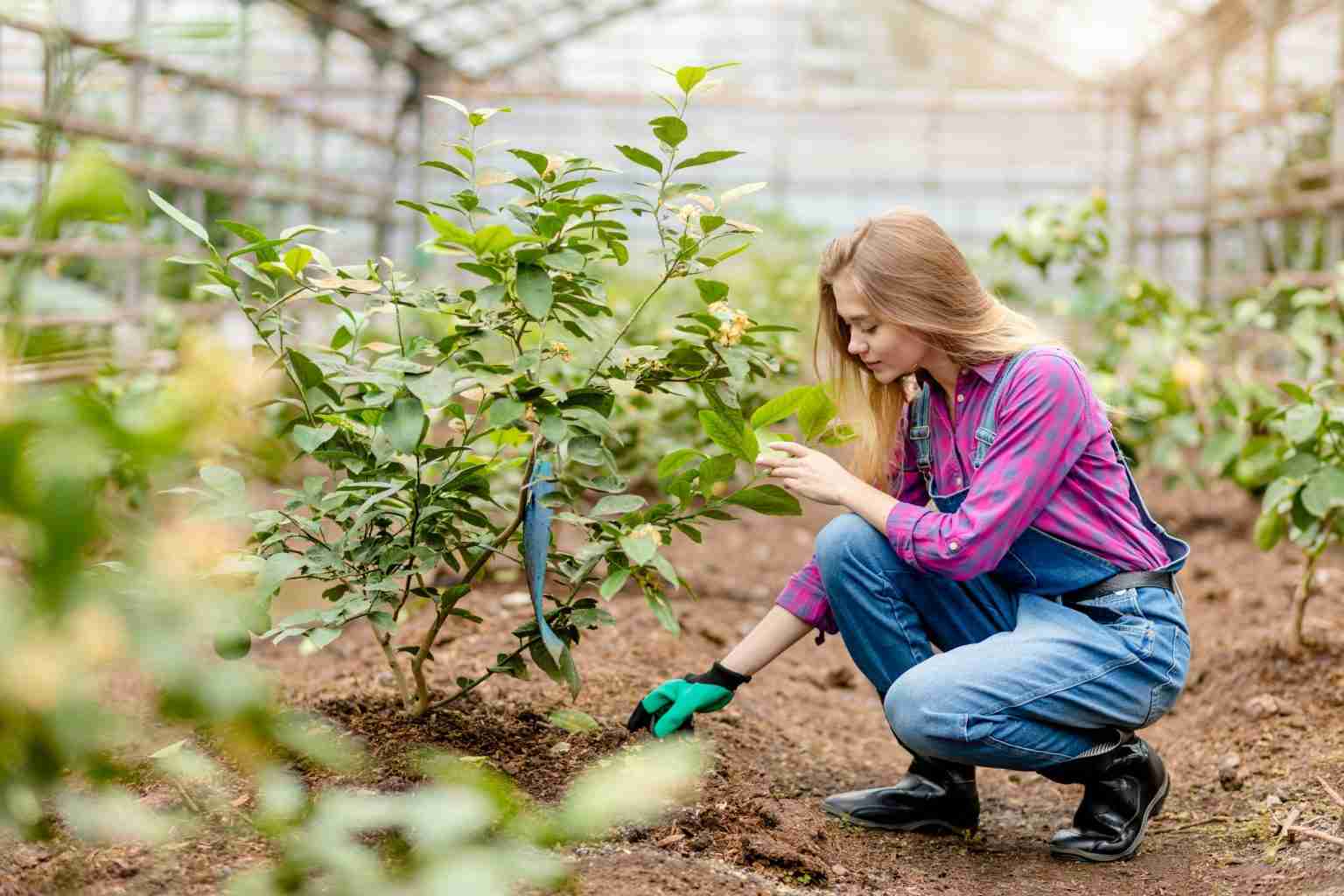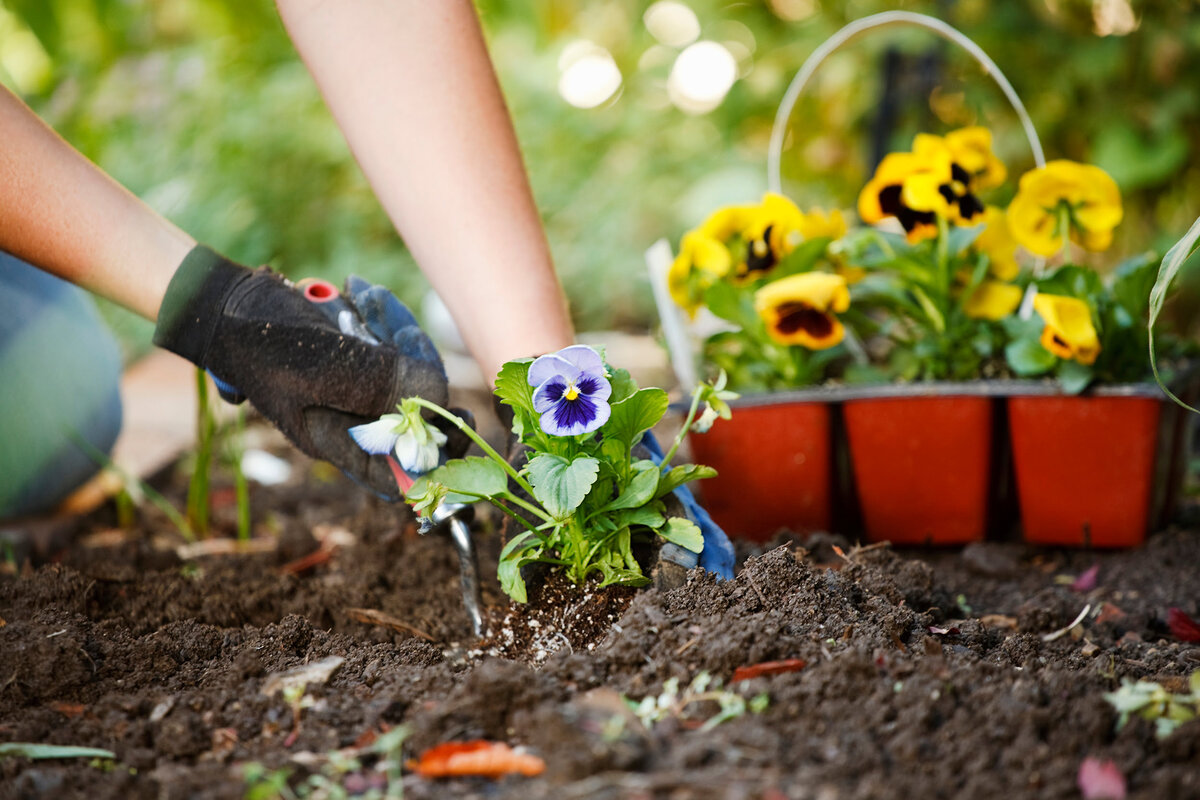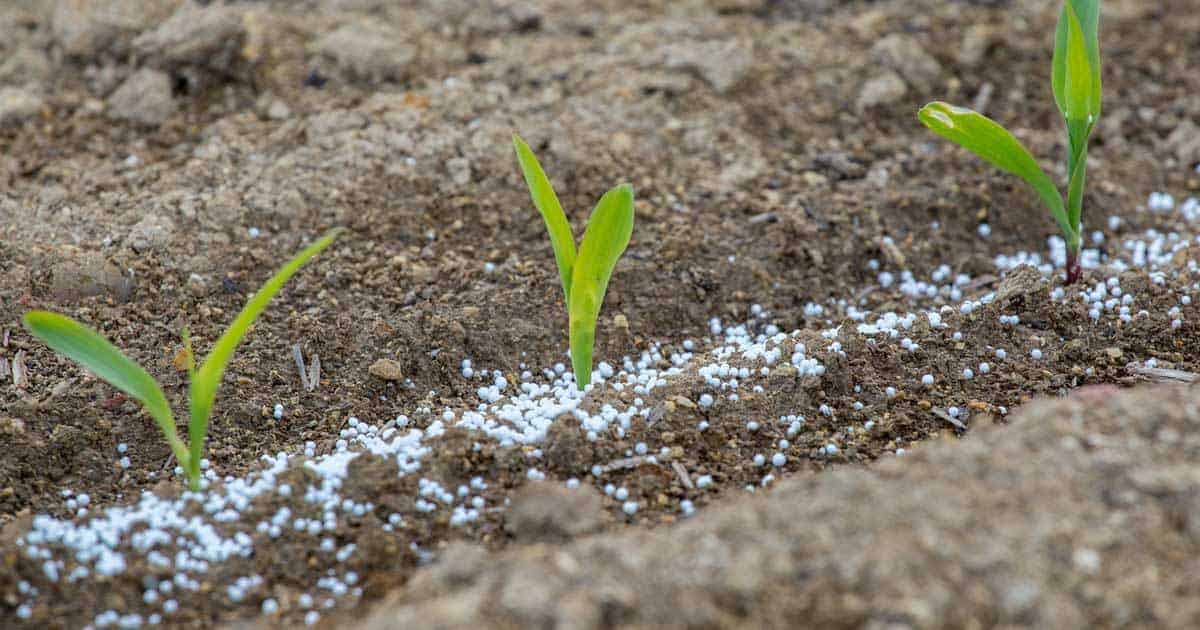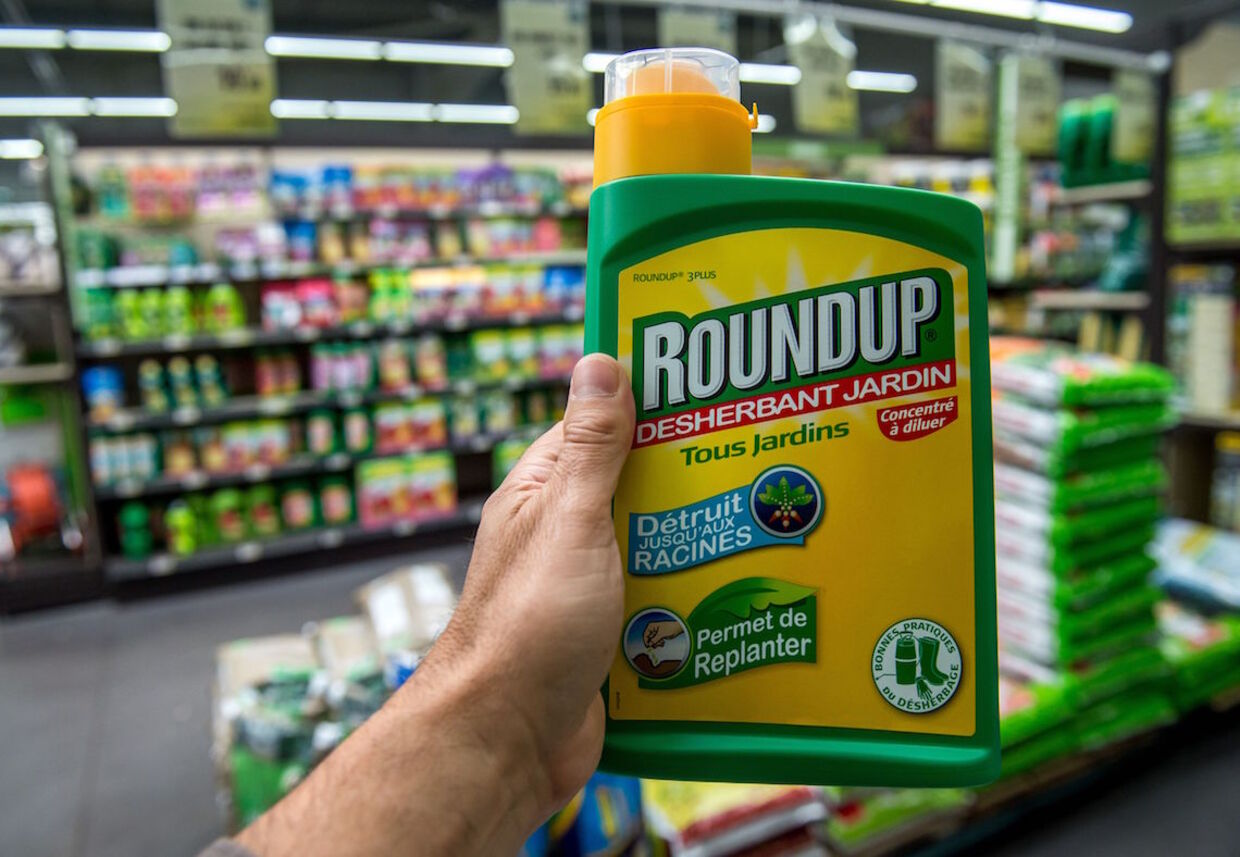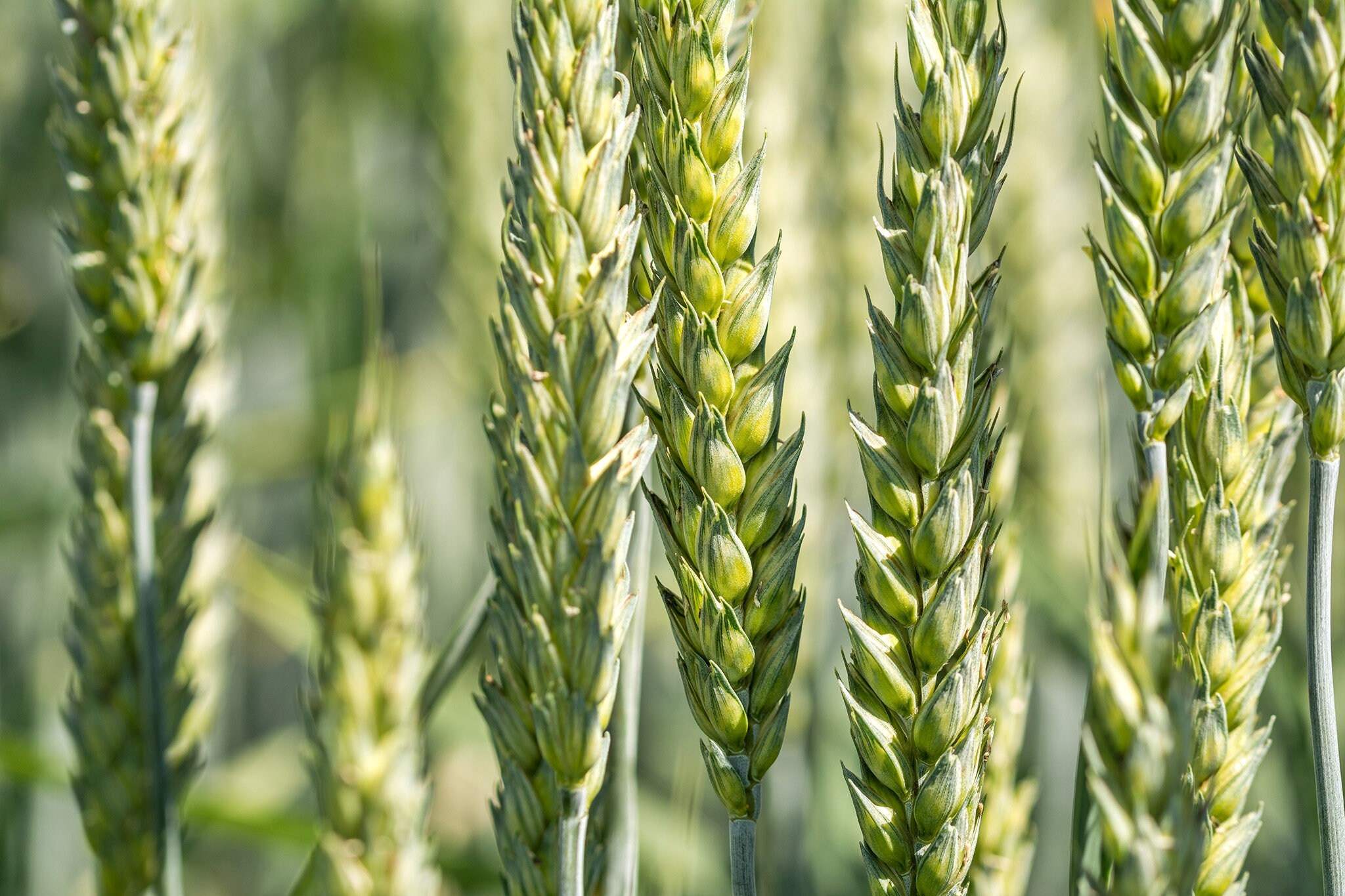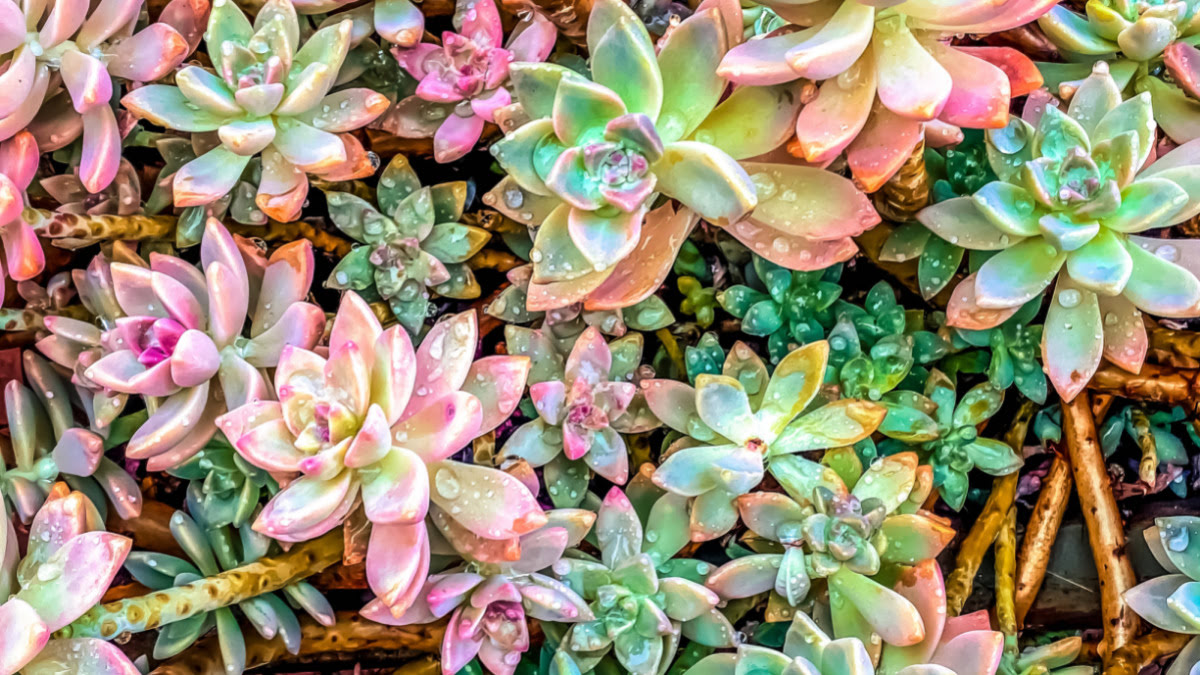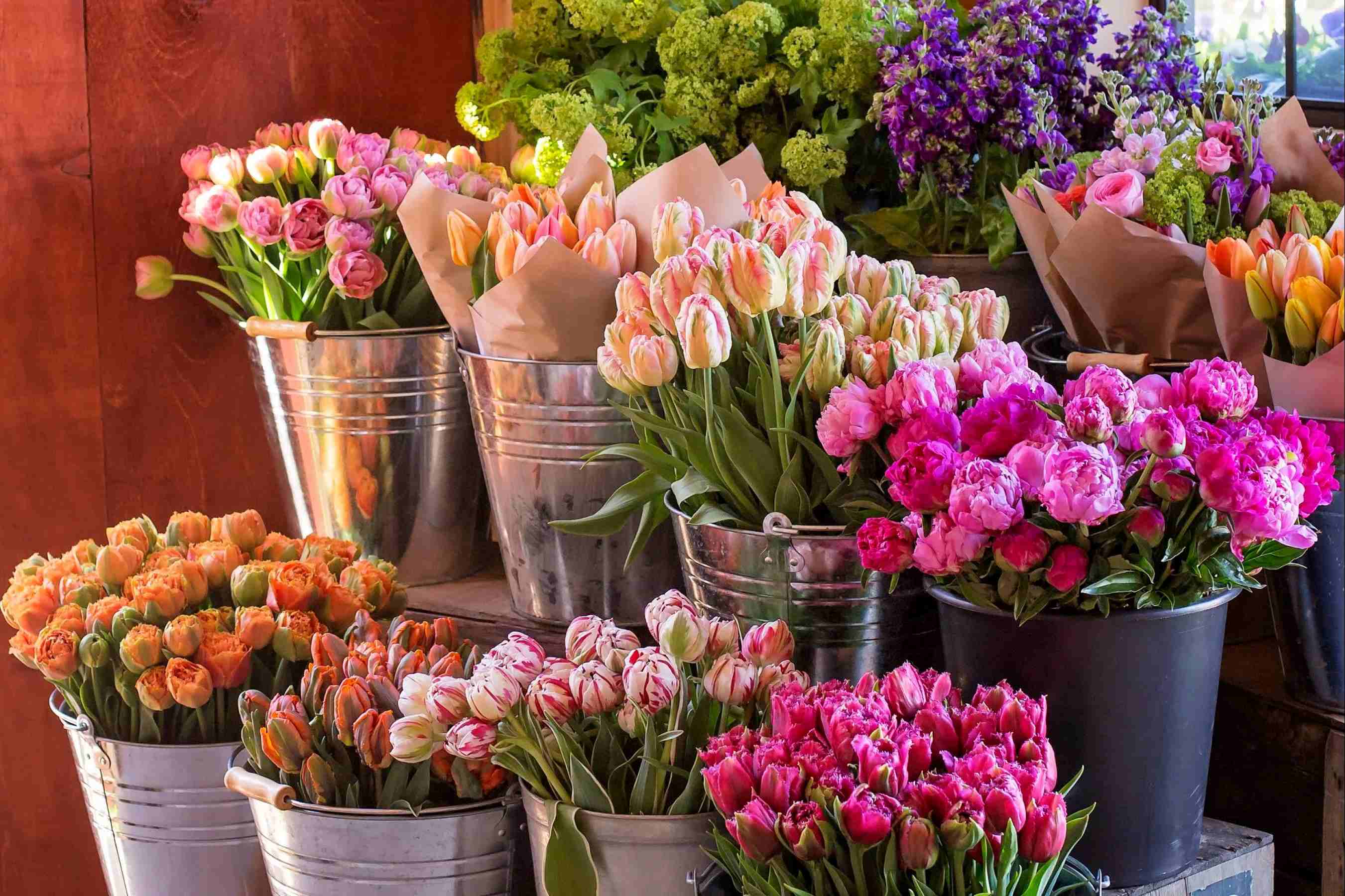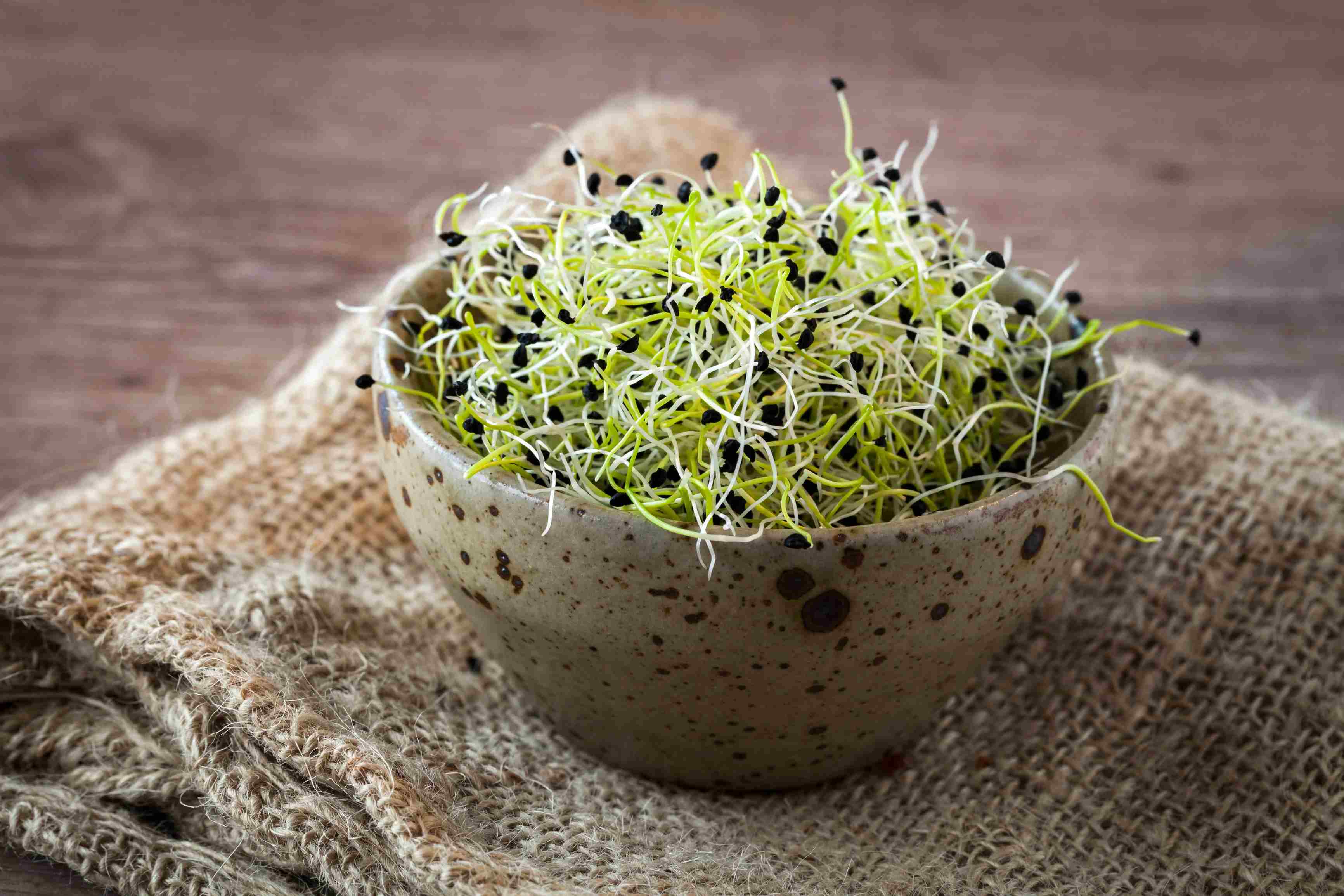Home>Gardening Basics>Understanding Soil>Where To Buy Loam Soil


Understanding Soil
Where To Buy Loam Soil
Published: February 7, 2024
Discover where to buy loam soil for your gardening needs and learn the importance of understanding soil composition for successful plant growth. Explore our top recommendations and make the right choice for your garden.
(Many of the links in this article redirect to a specific reviewed product. Your purchase of these products through affiliate links helps to generate commission for Chicagolandgardening.com, at no extra cost. Learn more)
Table of Contents
Introduction
Welcome to the world of gardening and landscaping! Whether you're a seasoned horticulturist or a novice enthusiast, the significance of soil in nurturing healthy plants cannot be overstated. Among the various soil types, loam soil stands out as a gardener's best friend, offering a balanced environment for plant growth. In this article, we'll delve into the characteristics of loam soil, its benefits, and essential factors to consider before making a purchase. Furthermore, we'll explore the best sources for procuring high-quality loam soil to elevate your gardening endeavors.
As you embark on your journey to cultivate thriving greenery, understanding the intricacies of soil composition is paramount. Loam soil, renowned for its optimal blend of sand, silt, and clay, provides an ideal foundation for a wide array of plants. Whether you're nurturing vibrant flowers, robust vegetables, or lush lawns, the versatility of loam soil makes it a go-to choice for gardeners seeking fertile ground for their botanical aspirations.
Join us as we uncover the secrets of loam soil and guide you through the process of acquiring this invaluable resource. Whether you're a landscaping aficionado, a passionate gardener, or someone with a budding interest in the world of plants, this article is your gateway to unlocking the potential of loam soil and harnessing its remarkable benefits. Let's dig deep into the world of loam soil and unearth the possibilities that await you.
So, without further ado, let's embark on a journey to discover the wonders of loam soil and find the perfect sources to obtain this gardening elixir.
What is Loam Soil?
Loam soil, often hailed as the "Goldilocks" of soil types, strikes a harmonious balance between sand, silt, and clay, making it a quintessential choice for gardening and agricultural purposes. This fertile soil type is characterized by its ability to retain moisture while ensuring adequate drainage, fostering an optimal environment for plant roots to thrive.
Comprising roughly 40% sand, 40% silt, and 20% clay, loam soil boasts a texture that is neither too sandy nor too compact, offering the perfect blend of aeration, moisture retention, and nutrient availability. Its sandy component facilitates drainage, preventing waterlogging, while the silt and clay components contribute to water and nutrient retention, ensuring a steady supply for plant roots.
One of the defining features of loam soil is its crumbly texture, which promotes healthy root development and allows for easy cultivation. This loose, friable structure enables plant roots to penetrate the soil with minimal resistance, facilitating nutrient uptake and overall growth. Additionally, the porous nature of loam soil promotes air circulation within the root zone, vital for fostering aerobic conditions and preventing root suffocation.
Furthermore, the balanced composition of loam soil offers an ideal habitat for beneficial soil organisms, such as earthworms and microorganisms, which play a pivotal role in maintaining soil health and fertility. These organisms aid in the decomposition of organic matter, nutrient cycling, and soil structure enhancement, contributing to the overall vitality of the soil ecosystem.
Loam soil’s exceptional characteristics make it a sought-after medium for cultivating a wide variety of plants, from ornamental flowers and fruits to vegetables and trees. Its versatility and fertility make it an invaluable asset for gardeners and farmers alike, serving as the cornerstone for successful cultivation and bountiful harvests.
Benefits of Loam Soil
Loam soil offers a multitude of benefits that contribute to its esteemed status among gardeners and agricultural practitioners. Its balanced composition and fertile nature give rise to several advantages, making it an ideal medium for fostering healthy plant growth and maximizing yields.
- Optimal Drainage and Moisture Retention: The balanced blend of sand, silt, and clay in loam soil facilitates efficient drainage, preventing waterlogging and ensuring that excess moisture does not accumulate around plant roots. Simultaneously, it retains an adequate amount of moisture, safeguarding plants against drought stress and promoting consistent hydration.
- Enhanced Nutrient Availability: Loam soil’s texture and structure promote the availability of essential nutrients to plant roots. Its porous nature allows for effective nutrient uptake, while the presence of organic matter and beneficial soil organisms contributes to nutrient cycling and availability, fostering robust plant growth.
- Supports Healthy Root Development: The loose, crumbly texture of loam soil facilitates unhindered root penetration and growth. This promotes the development of a robust root system, enabling plants to anchor firmly in the soil and access water and nutrients with ease.
- Versatility for Diverse Plant Species: Loam soil accommodates a wide range of plant types, from flowering ornamentals to fruit-bearing trees and vegetable crops. Its adaptability and fertility make it an optimal choice for cultivating various species, providing an environment conducive to their specific growth requirements.
- Promotes Soil Health and Fertility: The presence of beneficial soil organisms and the ability of loam soil to support organic matter decomposition contribute to overall soil health and fertility. This, in turn, sustains a thriving soil ecosystem, fostering long-term sustainability and productivity.
These benefits collectively underscore the significance of loam soil in fostering healthy, vibrant plant growth while maintaining soil vitality. Whether in home gardens, agricultural fields, or landscaping projects, the advantages offered by loam soil make it an invaluable asset for cultivating flourishing greenery and reaping bountiful harvests.
Factors to Consider Before Buying Loam Soil
Before procuring loam soil for your gardening or landscaping endeavors, several crucial factors merit consideration to ensure that you acquire a high-quality product that aligns with your specific needs. By evaluating these factors, you can make an informed decision and lay the groundwork for successful plant cultivation and soil enrichment.
- Soil Testing: Conducting a soil test is essential to assess the existing soil composition and nutrient levels in your garden or planting area. This analysis provides valuable insights into the soil’s pH, nutrient deficiencies, and overall suitability for plant growth, guiding you in determining the type and quantity of loam soil required for enhancement.
- Source and Quality: When purchasing loam soil, it is imperative to ascertain its source and quality. Opt for reputable suppliers or nurseries known for providing premium-grade loam soil that is free from contaminants and weed seeds. Quality assurance is paramount to ensure that the soil fosters healthy plant growth without introducing detrimental elements.
- Organic Content: Assess the organic content of the loam soil, as organic matter plays a pivotal role in soil fertility and structure. Adequate organic content enhances nutrient retention, promotes beneficial soil organisms, and contributes to overall soil health. Look for loam soil enriched with organic matter to support sustainable and thriving plant growth.
- Particle Size Distribution: The particle size distribution in loam soil influences its texture, drainage, and aeration properties. Ideally, seek loam soil with a balanced distribution of sand, silt, and clay particles, as this fosters optimal drainage while retaining sufficient moisture, creating a conducive environment for plant roots.
- Moisture Retention and Drainage: Consider the moisture retention and drainage characteristics of the loam soil. It should strike a balance, ensuring that it retains moisture for plant hydration without becoming waterlogged. Adequate drainage prevents root suffocation and water-related issues, safeguarding plants from potential harm.
By carefully evaluating these factors and addressing specific considerations pertinent to your gardening or landscaping project, you can make an informed and discerning choice when purchasing loam soil. This proactive approach empowers you to select a soil type that aligns with your soil improvement goals, plant cultivation requirements, and long-term sustainability objectives, laying the groundwork for successful and thriving green spaces.
Where to Buy Loam Soil
When seeking to purchase high-quality loam soil for your gardening or landscaping projects, exploring reputable sources is paramount to ensure that you obtain a premium product that aligns with your specific requirements. Several avenues offer access to loam soil, each with its unique advantages and considerations, empowering you to make an informed choice based on your needs and preferences.
- Nurseries and Garden Centers: Local nurseries and garden centers are prime destinations for procuring loam soil. These establishments often stock a diverse range of soil types, including loam soil, and provide the expertise of knowledgeable staff who can offer guidance on selecting the most suitable product for your gardening endeavors. Additionally, purchasing from local nurseries supports the community and promotes sustainable gardening practices.
- Landscape Supply Companies: Landscape supply companies specialize in providing various landscaping materials, including loam soil, to cater to the needs of homeowners, landscapers, and contractors. These suppliers offer the convenience of bulk purchases and may facilitate delivery services, making them a practical choice for large-scale gardening or landscaping projects.
- Online Suppliers: The digital landscape presents a myriad of online suppliers and gardening platforms that offer loam soil for purchase. Online suppliers provide the convenience of browsing and selecting products from the comfort of your home, with the option for doorstep delivery. It is essential to research and choose reputable online suppliers known for delivering high-quality loam soil and ensuring reliable shipping services.
- Local Farms and Compost Facilities: Connecting with local farms and compost facilities can lead to the discovery of organic and sustainably sourced loam soil. These establishments may offer loam soil enriched with organic matter, promoting soil health and environmental consciousness. Engaging with local farms fosters community relationships and supports eco-friendly gardening practices.
When considering where to buy loam soil, it is crucial to prioritize quality, source authenticity, and the specific needs of your gardening or landscaping project. Whether you opt for local nurseries, landscape supply companies, online suppliers, or local farms, conducting thorough research and seeking recommendations can guide you toward reputable sources that offer premium loam soil, setting the stage for successful plant cultivation and soil enrichment.
Conclusion
As we conclude our exploration of loam soil, we’ve unveiled its remarkable attributes, ranging from its balanced composition to the myriad benefits it bestows upon plant growth and soil vitality. The journey through the world of loam soil has underscored its pivotal role in nurturing thriving greenery, making it a coveted asset for gardeners, landscapers, and agricultural enthusiasts.
By understanding the characteristics and benefits of loam soil, you are equipped with the knowledge to harness its potential in creating vibrant and sustainable landscapes. The factors to consider before purchasing loam soil empower you to make informed decisions, ensuring that the soil aligns with your specific needs and contributes to the long-term health of your green spaces.
Moreover, the exploration of diverse sources for procuring loam soil has illuminated the array of options available, each offering unique advantages to cater to your gardening and landscaping requirements. Whether you opt for local nurseries, landscape supply companies, online suppliers, or local farms, your choice can be guided by considerations such as quality, sustainability, and community support.
As you venture into the realm of gardening and landscaping, loam soil stands as a foundational element, providing the fertile ground upon which your botanical aspirations can flourish. Its ability to foster healthy plant growth, support soil health, and accommodate diverse plant species makes it an indispensable component of successful green spaces.
In embracing the wonders of loam soil, you embark on a journey of cultivation, growth, and environmental stewardship. The knowledge gained from this exploration empowers you to make discerning choices, elevating your gardening endeavors and contributing to the beauty and sustainability of your outdoor spaces.
So, armed with this newfound understanding, venture forth with confidence, and let the enriching qualities of loam soil pave the way for a flourishing and verdant landscape, where the beauty of nature thrives in harmonious abundance.
